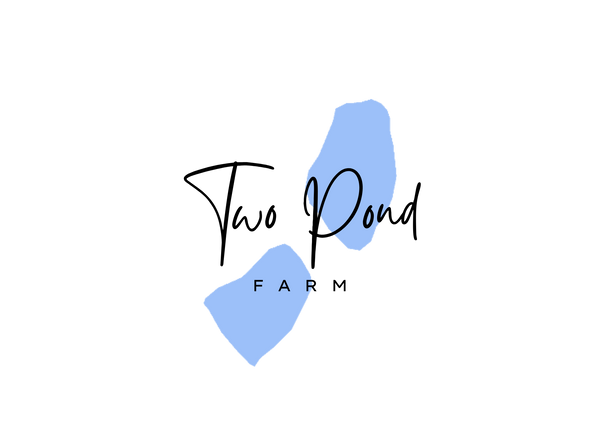I Might Be the First to Lab Test Bison Tallow for Skincare!
Thanks to trailblazing tallow makers like Buffalo Gal Grass Fed Beauty, we already know that tallow isn't packed with vitamins and minerals, despite popular claims. The real magic? It’s in the fatty acid profile — and that's where bison tallow shines.
I’ve personally loved bison tallow more than beef tallow for a long time, especially in facial balms. But I couldn’t explain why without hard proof — until now. I suspected bison tallow was higher in stearic acid because it feels firmer and more waxy than beef, and as it turns out... it’s true.
Key Bison Tallow Fatty Acids:
The biggest difference between beef and bison tallow is stearic acid!
✅ Stearic Acid – 38.5 % (beef tallow ~30%)
What it does: Reinforces skin’s barrier, deeply emollient, gives firmness and stability to balms and creams.
Why it’s great: Helps protect and soften skin, making it ideal for dry, irritated, or mature skin. Creates a cushioned, smooth feel with no greasy residue.
Why More Stearic Acid = Better Skincare Benefits:
1. Stronger Skin Barrier Support
- Stearic acid helps rebuild and reinforce the skin’s lipid matrix, keeping moisture in and irritants out.
- This makes bison tallow ideal for:
- Dry skin
- Compromised barriers (eczema, rosacea)
2. Better Emollient Properties
- It creates a smooth, protective layer on the skin, without a greasy or oily finish.
- The higher content in bison tallow gives a more cushiony, balm-like feel that absorbs well.
3. More Stability
- Stearic acid improves the texture and shelf-stability of skincare products.
- High stearic acid protects products from oxidation longer.
- Holds together nicely, even at warmer temps (ie, less likely to melt)
4. Less Likely to Clog Pores
- While oleic acid can sometimes be problematic for acne-prone skin, stearic acid is considered low on the comedogenic scale and soothing.
- Bison tallow's stearic-rich profile makes it a better fit for sensitive, reactive, or breakout-prone skin.
✅ Palmitic Acid – 22.2% (beef ~27-29%)
What it does: Supports the skin barrier and improves moisture retention.
Why it matters: Similar to stearic, it offers a protective layer without clogging pores.
✅ Oleic Acid (Omega-9) – 23.1% (beef ~24-26%)
What it does: Penetrates deeply, delivers other nutrients into the skin, very moisturizing.
Use with care: Excellent for dry or aging skin. However, high oleic content can sometimes be too heavy for acne-prone skin. Luckily both beef and bison are considered low, bison being lower.
✅ Linoleic Acid (Omega-6) – 1.4 % (beef ~1.4-1.7%)
What it does: Anti-inflammatory, supports barrier repair, regulates sebum.
Why it helps: Calms breakouts and soothes red, irritated skin.
✅ CLA (Conjugated Linoleic Acid) – 0.328% (total of isomers) (beef 0.005%)
What it does: Anti-inflammatory, antimicrobial, and antioxidant.
Skin benefit: Supports healing and reduces breakouts or irritation.
✅ Trans-Vaccenic Acid – 3.4% (beef not tested)
What it does: A precursor to CLA in the body; potentially anti-inflammatory.
Why it's special: Uncommon in plant oils — unique to ruminant fat. Adds healing potential.
✅ Myristic Acid – 2.4 % (beef 3%)
What it does: Enhances absorption, mildly antimicrobial.
Good for: Boosting balm effectiveness. Adds mild antimicrobial effects and penetration support.
Why Bison Tallow Is Excellent for Skincare:
Highly emollient: Rich in stearic and palmitic acids.
Deep moisture: Oleic acid helps transport nutrients deeper into skin layers.
Healing & calming: Small but meaningful amounts of CLA and omega-6 support inflammation and skin repair.
Stable & shelf-stable: Low PUFA content means it resists rancidity longer.
Conclusion:
Don't get me wrong, I still love beef tallow. I personally use bison tallow for my face (I prefer it's waxier, harder texture) and beef tallow on my body, where I don’t need as much density. Bison tallow is less greasy and absorbs faster making it a great choice for your face.
Beef tallow fatty acid sources: Buffalo Gal Tallow, Tallow Me Pretty



